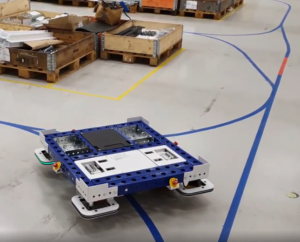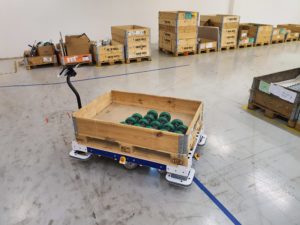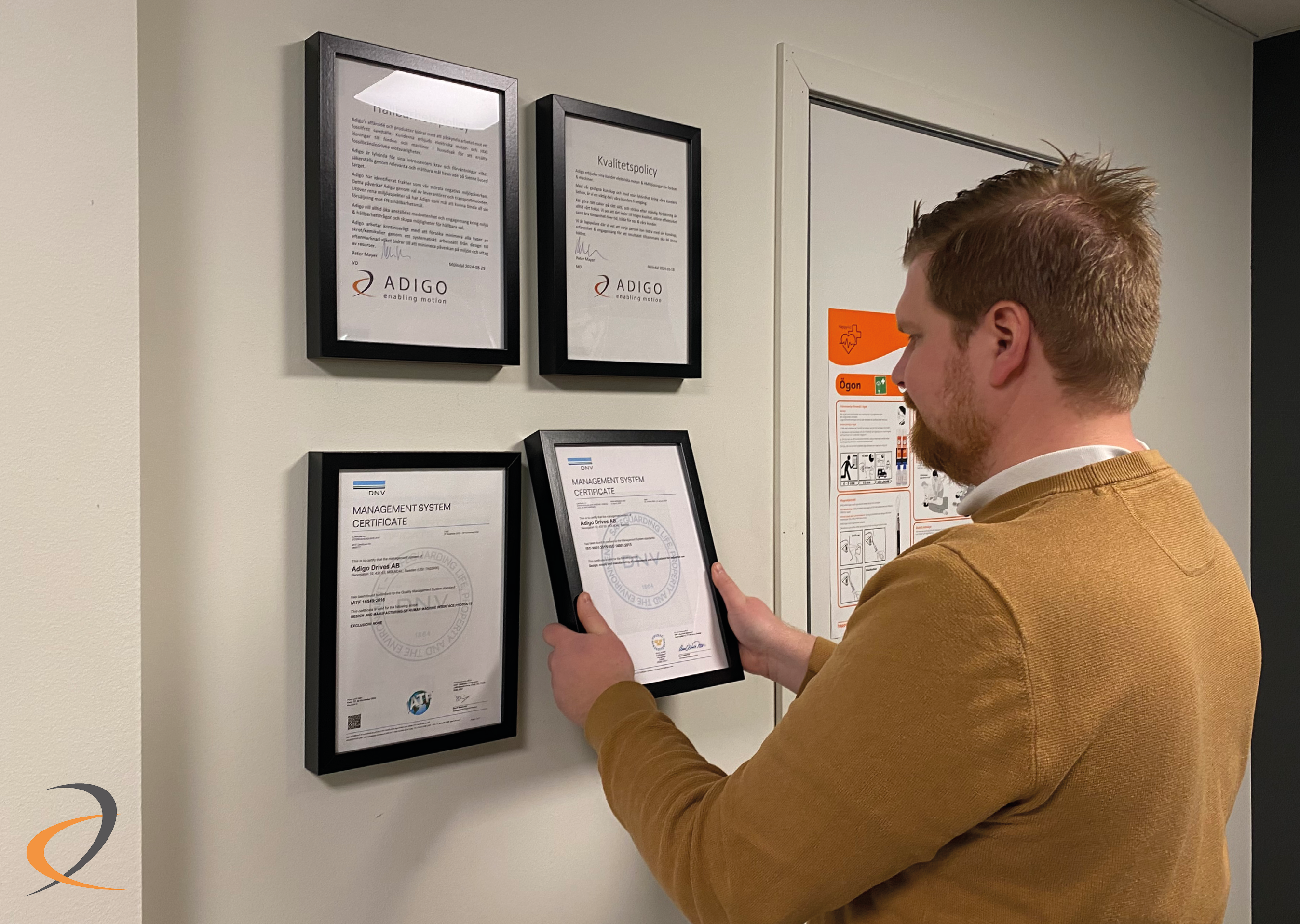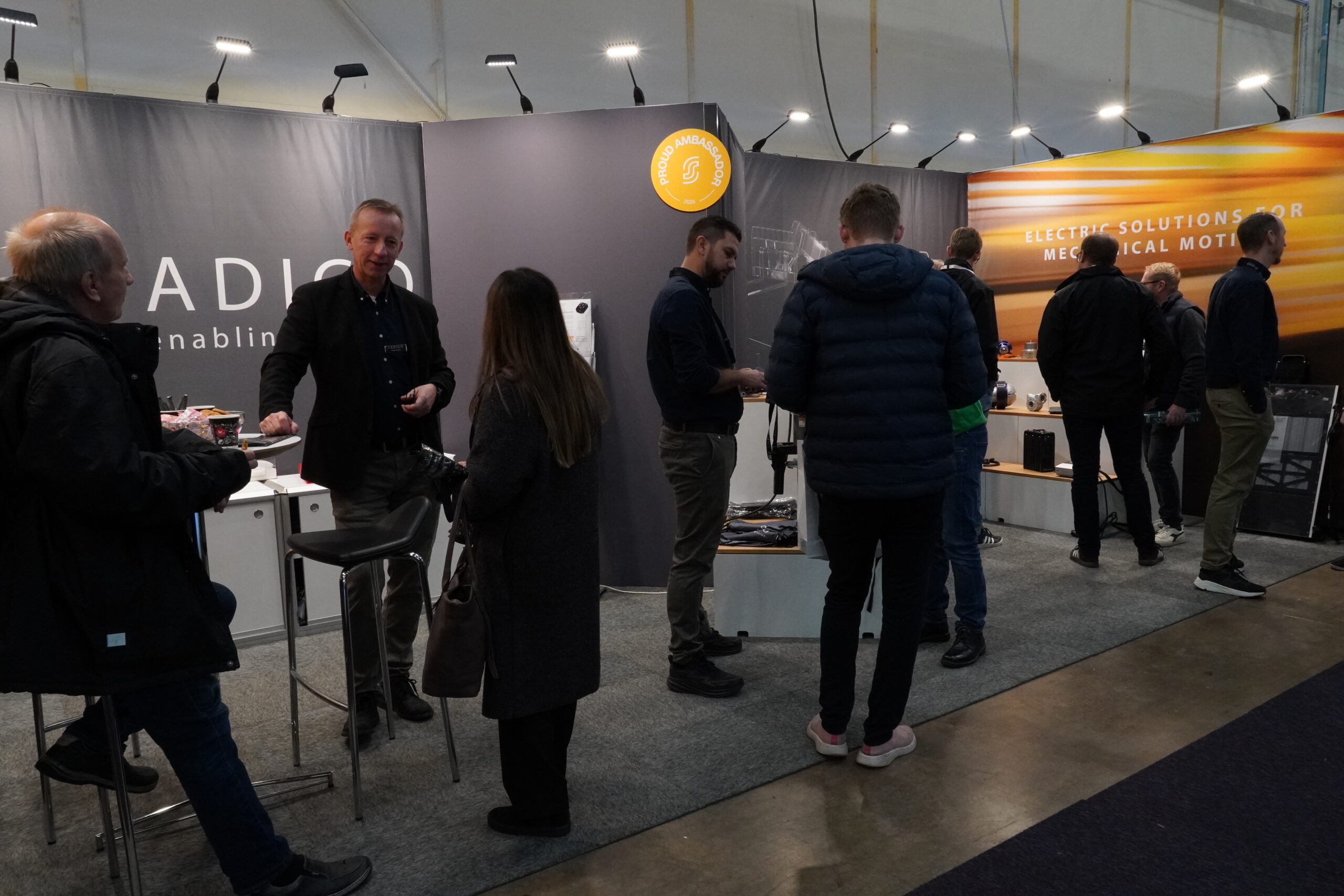General
Material handling plays an important role within manufacturing and logistics. Almost every item of physical commerce has been transported on a conveyor or lift truck or other type of material handling equipment in manufacturing plants, warehouses, and retail stores. Today’s logistics processes place increased demands on both machines and drivers. The loads become heavier and the lift heights higher, while at the same time logistics needs to be streamlined. High productivity and availability create profitability throughout the logistics chain. Material handling is usually required as part of every production worker’s job. It is used in a wide range of manual, semi-automated and autonomous material handling equipment which all includes consideration of the protection, safety, storage and control of materials throughout their manufacturing,warehousing, distribution, consumption, and disposal.

Criteria such as ergonomic, efficiency and utilization time is something Adigo manage in a daily basis with focus on improving the interaction between man and technology. In terms of user requirements, innovations have been developed that helps the driver to increase both comfort and safety also for minimizing the risk of accidents. Accidents not only involve the risk of personal injury or legal consequences, it can also result in high costs due to downtime, lost productivity or delayed deliveries.
Driverless logistics
The trend in logistics is towards more driverless technology. The technology for automatic warehouse or lean technology transports has reached maturity in most businesses. The challenge is to be able to take the necessary steps and provide the conditions for this kind of transport. Mobile robots solve labor and safety issues. Statistics from 2013 tells that 800 people only in Sweden were injured so much that they are away from work.
Driverless trucks or AGV’s as they are called, came already in the 1980s when Volvo had a major impact for the industry. They started up implementing a magnetic loop in the floor that the truck could follow. Should the route be changed, it was only to pick up the concrete saw.
In the 2000’s, laser navigation came, which can be described as a reverse GPS system where trucks are controlled via reflectors.
 Today, the robots communicate with each other through a radio-based mesh network (Industrial VLAN) to reduce picking times and risks of injuries. These Autonomous material handling systems at the right place is a cost-effective solution and can be used in lean-development to shift from random truck driving to time-based supply systems and timed flows. It also places higher demands on the organization, for example around standardized working methods and robust processes. If one robot breaks down, another takes over its tasks. The vehicles move more slowly, they do not wear out as hard as manual trucks, which means longer durability and lower maintenance. With IoT integrated delivery monitoring or Fleet Management, high demands are placed on accuracy and gives the end customer good efficiency planning.
Today, the robots communicate with each other through a radio-based mesh network (Industrial VLAN) to reduce picking times and risks of injuries. These Autonomous material handling systems at the right place is a cost-effective solution and can be used in lean-development to shift from random truck driving to time-based supply systems and timed flows. It also places higher demands on the organization, for example around standardized working methods and robust processes. If one robot breaks down, another takes over its tasks. The vehicles move more slowly, they do not wear out as hard as manual trucks, which means longer durability and lower maintenance. With IoT integrated delivery monitoring or Fleet Management, high demands are placed on accuracy and gives the end customer good efficiency planning.
These pictures are a customer solution by FlexQube, they uses vision technology that follows color and contrast with paint or tape. This method makes it easy to install and change if needed. See their eQart in motion here
All Adigo solutions include consulting, concept studies, project implementation, customer service, best-in-class technologies and software, all tailored to the specific requirements needed for your business.



